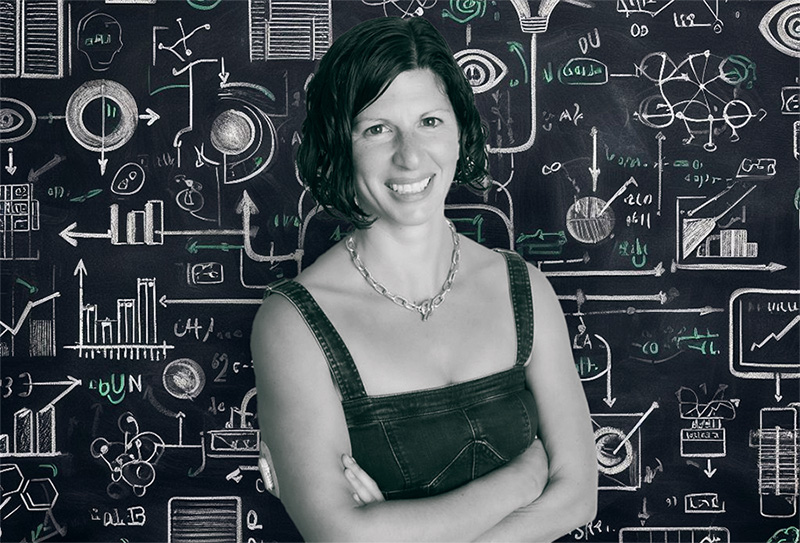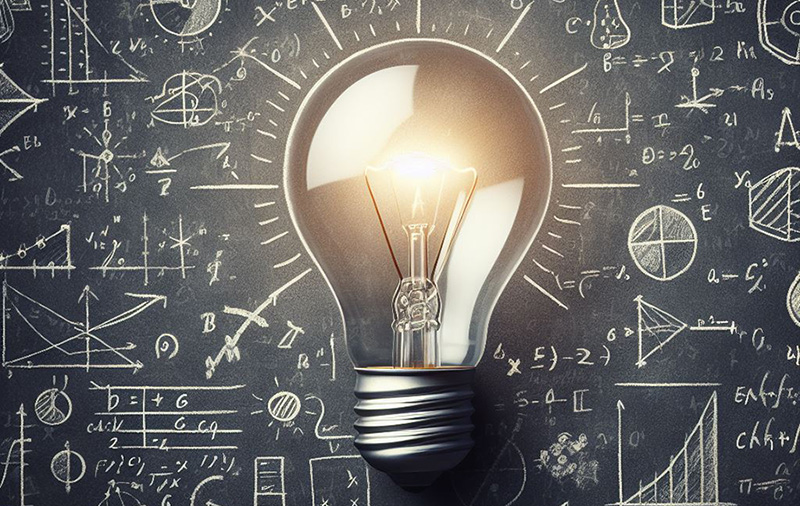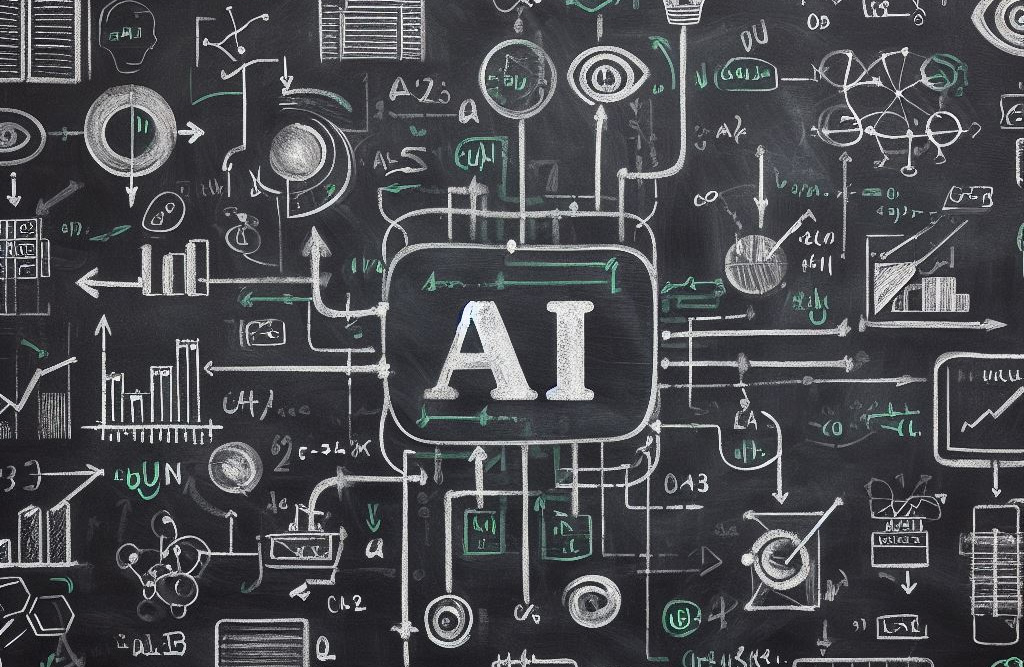Karmel Allison often hears misconceptions about AI, from what it is to what it can do. With a career spanning bioinformatics, linguistics, health care advocacy and over a decade focused on artificial intelligence, she sees these misunderstandings as opportunities for conversations on what it means to be human, whether it’s through biology, language or technology.
“I’ve always had this drive to understand these huge, amorphous things that we deal with as humans,” says Allison, who studies AI trends as a technical advisor for Microsoft Chief Technology Officer Kevin Scott. “There are no easy answers in AI, which is part of what makes it fun. It’s an open-ended exploration of what we want the future to look like.”
Here’s Allison discussing four common misconceptions:

Myth 1: AI will take everyone’s jobs
“AI will change the nature of some jobs while creating new opportunities for people to focus on more meaningful and creative tasks,” Allison says. “We have an opportunity to rethink how we work and how we leverage these new AI tools in our workstreams.”
For example, AI that can write boilerplate code or summarize spreadsheet data gives people the freedom to use their time more strategically to solve bigger problems or invent new economies, she says.
“AI is going to uplevel us as humans and take care of some of those tedious tasks that maybe we didn’t like in the first place,” she says. “For us as humans, we’re faced with this interesting question of, ‘Well, then, what do you want to spend your time doing?’”
Myth 2: AI is only for people who work in tech
AI is for everyone, not just tech experts, according to Allison, and most people already use it in their everyday lives — even if they don’t know it. If you use a search engine, click on product recommendations while shopping or write an email with predictive text, you are using AI.
She says some of the most exciting ways people are using AI are outside of tech, such as in health care, where AI helps doctors transcribe and summarize notes and fill out forms. That helps them be more present with patients. “That is a great example of where AI can allow us to be more human,” she says.

Myth 3: AI is one thing
AI is not a single technology, but a collection of different technologies found in everyday uses, like search engines, email apps and the continuous glucose-monitoring device Allison wears on her arm for diabetes. As AI becomes more common, she says, it’s important to learn about different ways you can use it.
“We need to learn which AI-powered tools will be the best for what we want to do,” she says. “It’s why we see certain specialists for our different needs: a doctor, hairdresser or tutor. By choosing the right tools, we can make sure we’re using the most trustworthy and specialized AI for each task.”
Myth 4: AI is inherently biased and should be avoided
It’s true that AI can be biased, from large language models trained on internet opinions to models built with data that reflect societal bias to products made by developers with preconceived beliefs.
But Allison encourages people to use AI as informed consumers who learn how the systems are built and understand the principles of companies building them. She says it’s important that developers train AI systems on diverse and representative datasets and use fair and unbiased algorithms. Microsoft AI customers can learn about the company’s practice of responsible AI by design and its work in building responsible AI systems that adhere to principles of fairness, reliability and transparency.
“We all had to learn at some point that not everything on the internet is true, and we have to do the same with AI,” Allison says. “Learn its biases. Learn its shortcomings. Learn its strengths and figure out how to use AI in your own life and make it a tool that serves you.”

Images created by Bing Image Creator. Images like these can be used as a starting point for designers and others to create illustrations. Photo of Karmel Allison, by Mark Maryanovich Photography, was added.

